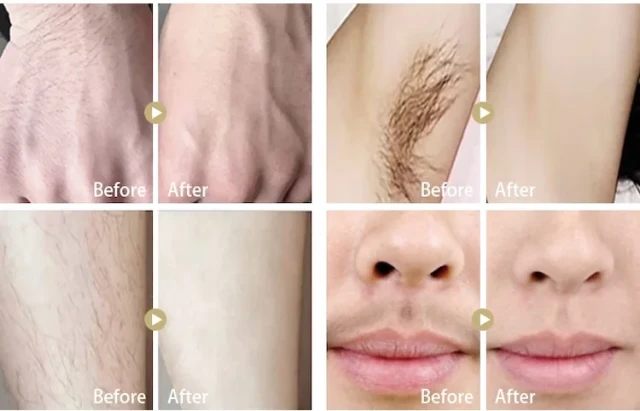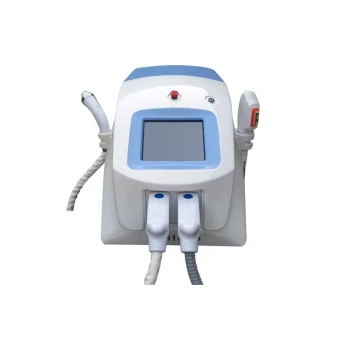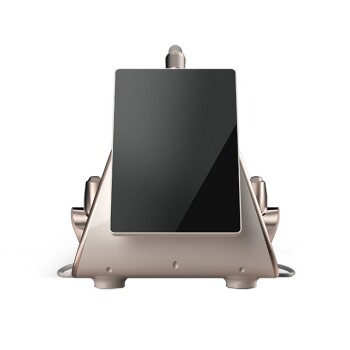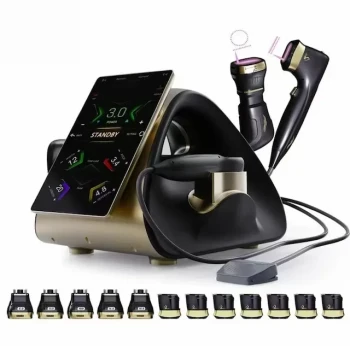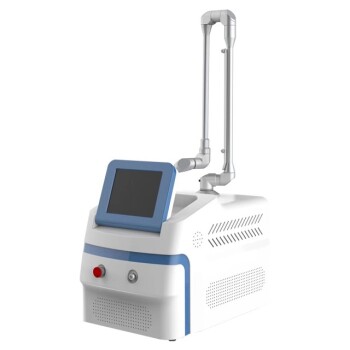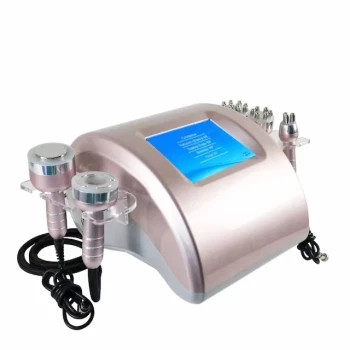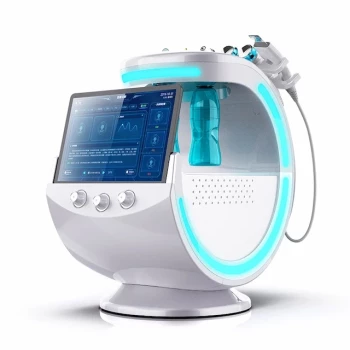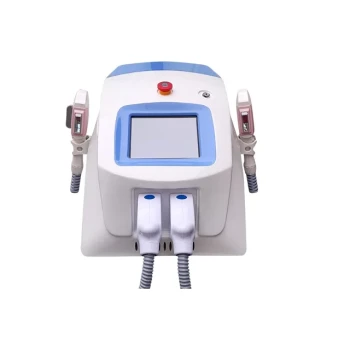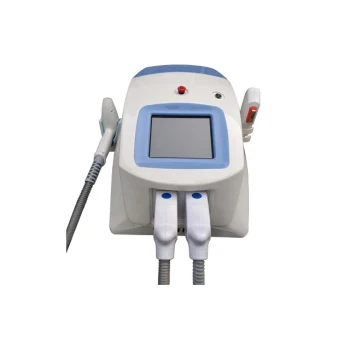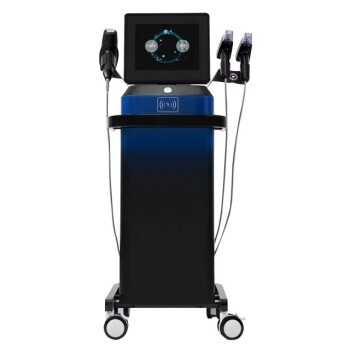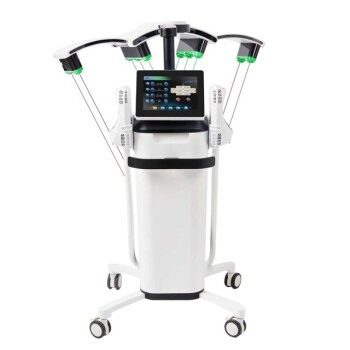Introduction
Intense Pulsed Light (IPL) has evolved far beyond its cosmetic hair removal origins. Dermatologists now leverage its photothermal mechanisms to address acne, pigmentation disorders, and vascular lesions with clinical precision. This article examines peer-reviewed evidence on IPL’s multi-condition efficacy, detailing how customizable wavelengths target specific skin concerns while maintaining an exceptional safety profile. Whether you’re a clinician refining protocols or a skincare professional exploring combination therapies, these insights will clarify IPL’s validated medical applications.
IPL Technology Fundamentals
Photothermal Mechanism Across Skin Layers
IPL delivers broad-spectrum pulsed light (500–1200 nm) that converts to heat upon absorption by chromophores like melanin or hemoglobin. This selective photothermolysis destroys targets while sparing surrounding tissue:
- Pigmented lesions: Melanin absorbs light, triggering thermal destruction of melanosomes within keratinocytes. The damaged cells rise to the surface as microcrusts and shed naturally.
- Vascular lesions: Hemoglobin absorbs 500–600 nm wavelengths, coagulating blood vessels in rosacea or cherry angiomas. Studies show superficial veins respond best, often requiring just 1–3 sessions.
Wavelength Customization Strategies
Filters tailor IPL’s spectrum for specific conditions:
- 515–550 nm: Superficial pigmentation (freckles, sunspots)
- 550–590 nm: Mixed-depth vascular lesions
- 590+ nm: Deeper melanin targets (e.g., melasma)
Ever wondered why some IPL devices offer interchangeable filters? The answer lies in chromophore absorption peaks.
Clinical Efficacy Breakdown
Acne Pathogenesis and IPL Intervention
IPL combats inflammatory acne via:
- Bacterial reduction: Light destroys P. acnes porphyrins, reducing pustules.
- Sebum control: Heat shrinks sebaceous glands, decreasing oil production.
- Anti-inflammatory effects: Downregulates cytokines like IL-1α.
Clinical data notes 37–58% improvement in moderate acne after 4 sessions.
Melanin Absorption Spectrum in Pigmentation
Different pigments require distinct approaches:
- Epidermal melanin (e.g., lentigines): Responds well to 515–755 nm IPL.
- Dermal melanin (e.g., nevus of Ota): May need longer wavelengths (e.g., 1064 nm lasers) for deeper penetration.
Hemoglobin Targeting for Vascular Lesions
IPL’s 500–600 nm range effectively treats:
- Rosacea: Coagulates visible capillaries, reducing erythema.
- Telangiectasias: 90% clearance rates reported for facial veins under 0.2 mm diameter.
Think of IPL as a precision tool—like adjusting a microscope’s focus to isolate specific structures.
Practical Application Insights
Protocol Variations by Condition
| Condition | Recommended Parameters | Sessions Needed |
|---|---|---|
| Mild acne | 15–20 J/cm², double pulse | 3–5 |
| Pigmentation | 10–15 J/cm², 560 nm filter | 2–4 |
| Rosacea | 8–12 J/cm², 515–550 nm filter | 1–3 |
Combination Therapy Approaches
Pairing IPL with other modalities enhances outcomes:
- Acne: Pre-treatment with salicylic acid peels improves light penetration.
- Pigmentation: Post-IPL tranexamic acid serums inhibit melanin rebound.
Safety Profile Comparisons
IPL’s non-ablative nature minimizes downtime versus lasers:
- Common side effects: Redness (1–3 days), temporary darkening of pigmented spots.
- Rare risks: Blistering (<5% cases), hypopigmentation (avoidable with Fitzpatrick-appropriate settings).
Clinicians report fewer adverse events when using Belis’s IPL systems, which integrate real-time skin tone sensors to auto-adjust fluence.
Conclusion
IPL’s clinical versatility stems from its ability to modulate light spectra for diverse chromophores—a fact underscored by its adoption for acne, vascular lesions, and dyspigmentation in dermatology clinics worldwide. For practitioners, mastering wavelength selection and combination protocols is key to maximizing patient outcomes.
Actionable Takeaways:
- Start conservative with energy settings, especially for darker skin types (Fitzpatrick IV–VI).
- Combine IPL with topical agents like niacinamide to prolong results.
- Document pre/post-treatment photos to objectively track progress.
As research continues to expand IPL’s therapeutic boundaries, this technology remains a cornerstone of modern aesthetic medicine—proving its worth far beyond hair removal.
Products You Might Be Looking For:
Visual Guide
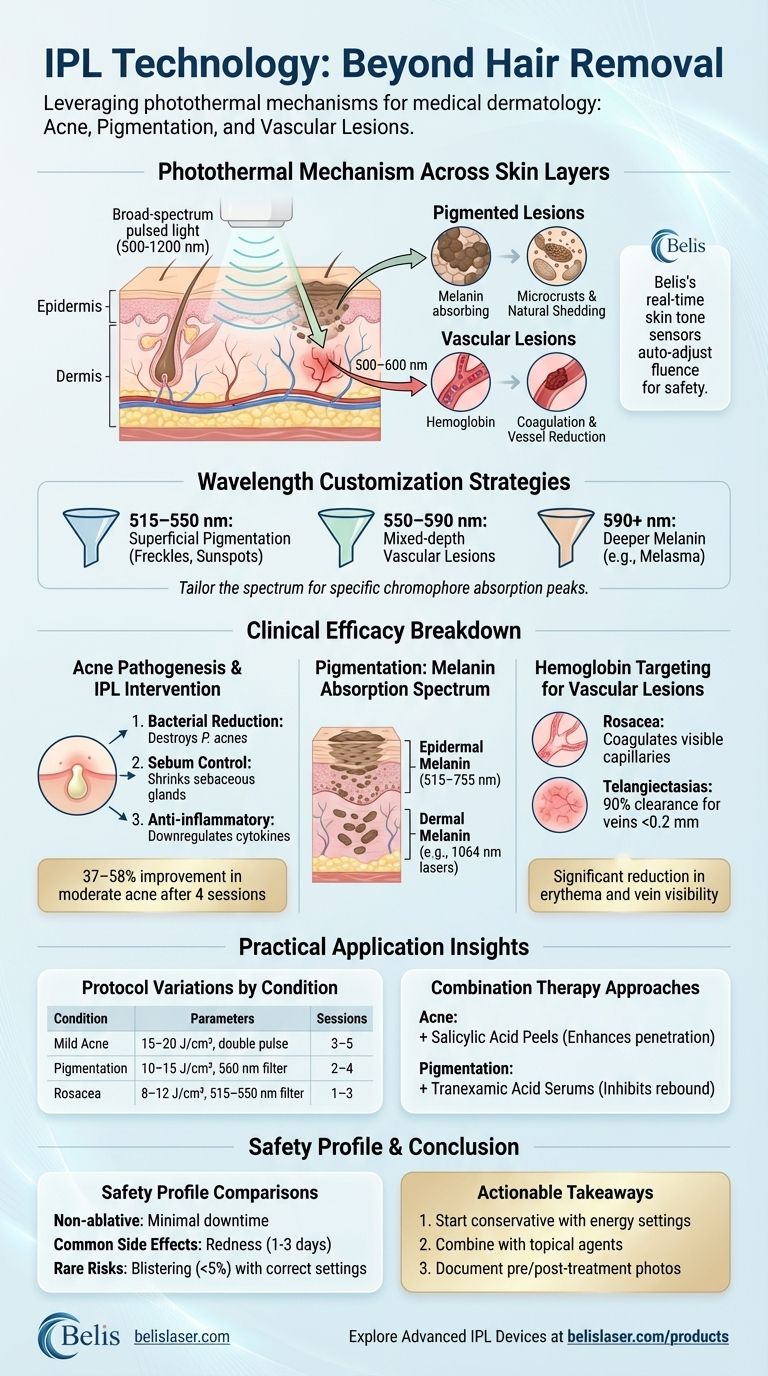
Related Products
- IPL SHR+Radio frecuency machine
- 4D 12D HIFU Machine Device for Skin Tightening
- Hydrofacial Machine with Facial Skin Analyzer and Skin Tester
- 12D HIFU Machine Device for Facial HIFU Treatment
- Cryolipolysis Fat Freezing Machine and Ultrasonic Cavitation Device
Related Articles
- The Science Behind IPL’s Gradual Results: Why 12 Sessions Matter for Permanent Change
- How SHR Laser Hair Removal Works: The Science Behind Multiple Sessions
- How 9 Expert Filters Enable True Multi-Condition IPL Treatment Without Performance Loss
- How IPL Treats Multiple Body Areas Safely: A Dermatologist-Approved Guide
- HIFU vs. Surgical Facelifts: A Science-Backed Guide to Non-Invasive Skin Tightening
